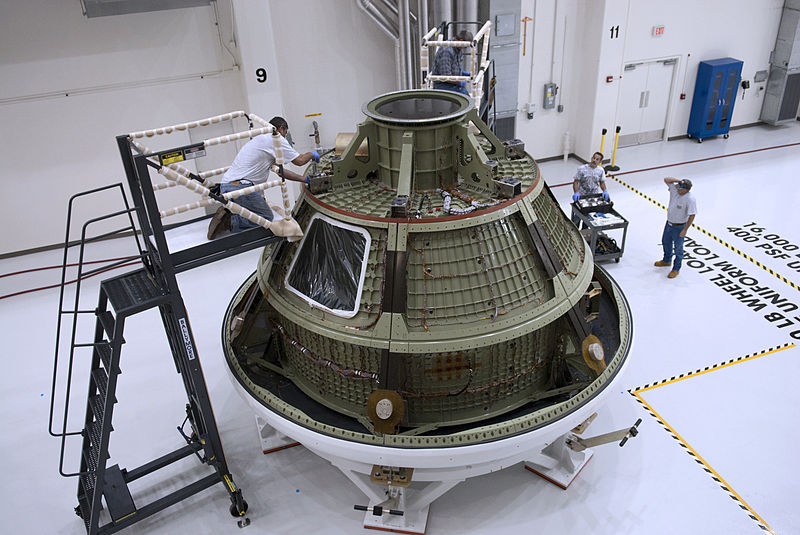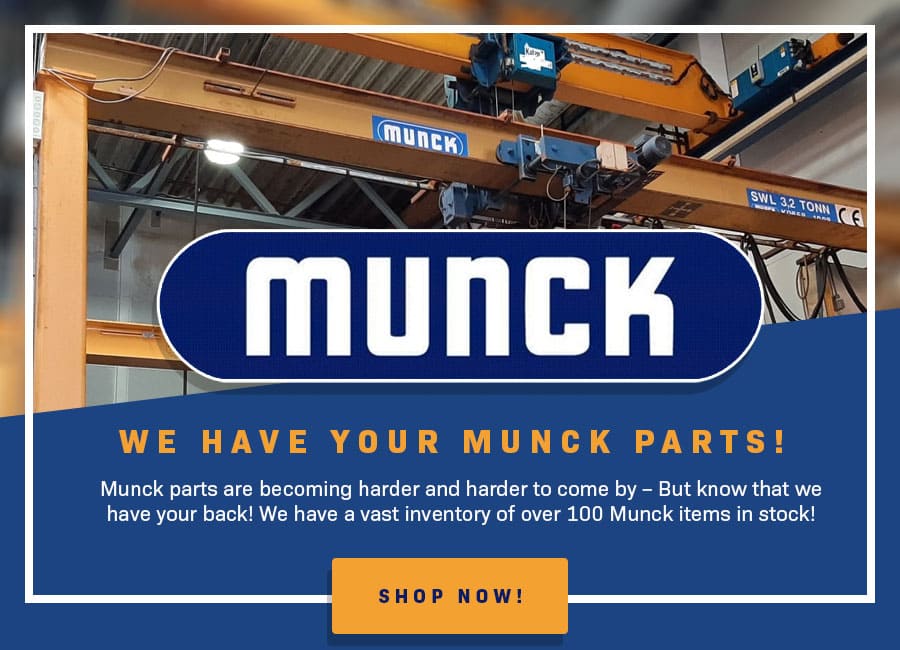Custom Equipment Gets the Job Done Right
Leave a CommentShopping for big equipment to help with oil and gas exploration, outages at power plants, repairs on iconic bridges, and lifting components in the Aerospace Industry is no small feat. You need to feel confident about what you are buying and know that you are investing in equipment that will hold up under pressure and best suit your specific needs.
Our highly qualified engineering department produces innovative solutions that easily translate to drawings and manufactured fabrications and parts. Over the years we have created unique designs that have provided exceptional challenges with comprehensive solutions. Essentially, we can design and manufacture almost any welded fabrication or part that can be imagined to support a custom crane program. Check out some of our design capabilities that make it all possible:
- Use of the latest 3-D design software
- Fabrication and part testing capabilities
- Quality assurance program
- Inspection reports available, when required
We have the experience and expertise to meet your unique requirements and to move quickly from design concept to manufacturing.
Our manufacturing capabilities include:
- Customization to your specific application
- Procurement
Commercial grade dedication - Fabrication including:
Plasma cutting
Welding to AWS standards
Various epoxy/urethane nuclear coatings - Machining including:
Numerous CNC and manual machine tools
7″ horizontal boring mill with 30 foot horizontal travel and 13 foot vertical travel - Testing Services
Acceptance testing
Mock-up testing
Load testing to 2500 tons
- Inspection Services
Visual weld inspection per AWS standards
MT, LP, UT, & RT by ASNT-TC-1A qualified technicians, Coating inspectionFor additional information regarding your application contact us today at 1-877-877-6778 or email our sales department.




 Resources:
Resources: 